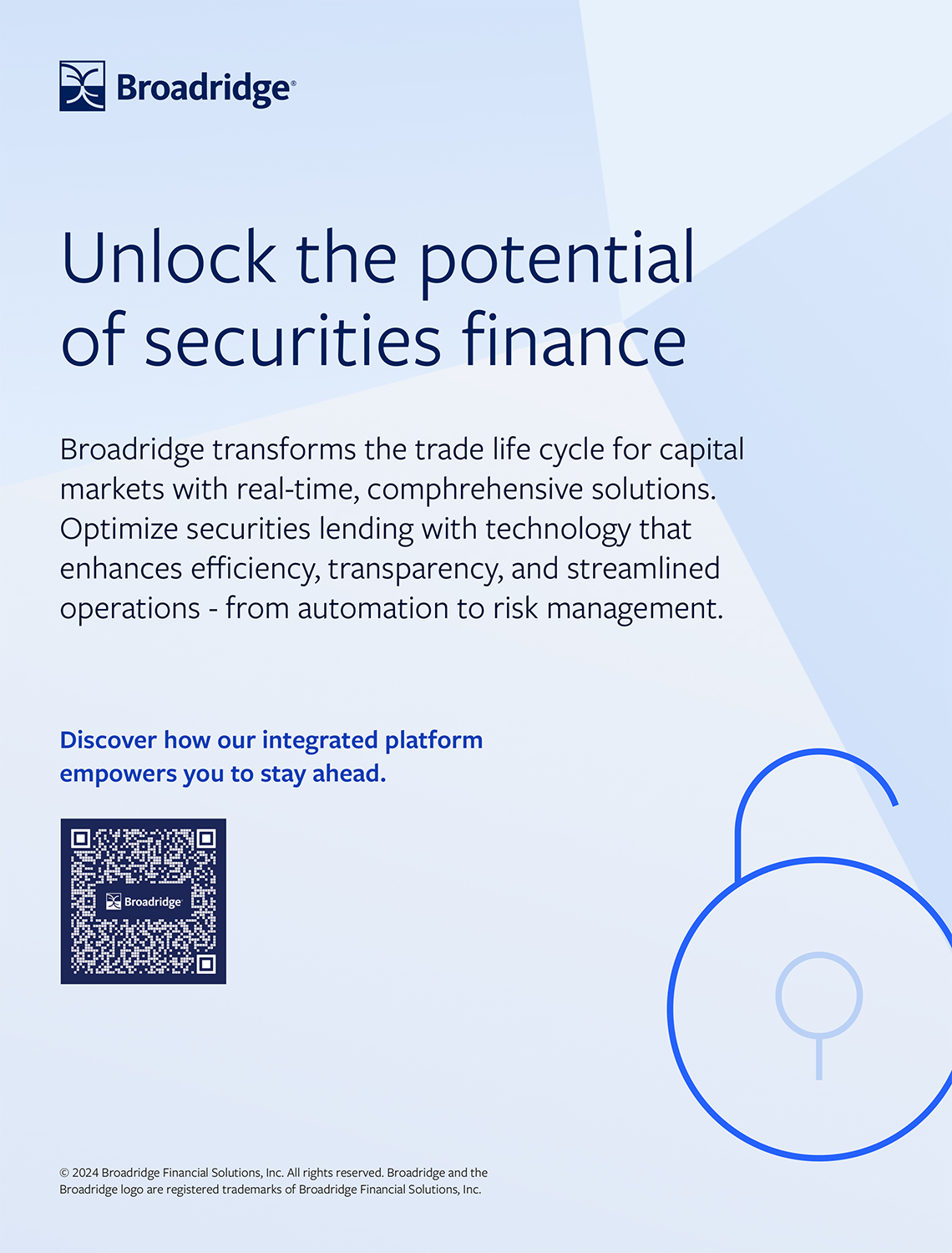DLT will bring major efficiencies to global derivatives markets, says Acuiti report
10 November 2022 UK
 Image: Philip_Steury/stock.adobe.com
Image: Philip_Steury/stock.adobe.com
Distributed ledger technology (DLT) will bring significant efficiencies to global derivatives markets, a new report by Acuiti has found.
The report entitled “DLT in Derivatives: Crypto innovation, traditional technology and the market of tomorrow”, looks at what the future holds for derivatives market structure, as innovations and processes developed in native crypto derivatives markets merge with traditional workflows.
Participants in the study predict that DLT will bring major efficiencies to trade settlement, trade reconciliation and custody.
In addition, respondents said the near real-time settlement and risk management, that are features of native crypto derivatives market structure, would be incorporated into traditional markets.
However, while DLT brings significant efficiencies in certain areas by providing a real-time single source of data for trade, it is not suitable for all processes, Acuiti highlights.
In addition, participants in the study affirm that certain functions of native crypto market structure, such as auto-deleveraging of positions and sell-side disintermediation of finance, would not become part of traditional market structure.
The report also analyses how the ambitions of crypto native exchanges in traditional markets will lead to an increasing adoption of traditional technology among these firms.
Currently, the preference for most native crypto exchanges has been to develop technology in-house or from crypto native third-party vendors, Acuiti says. However, as the survey finds, many native exchanges are seeking to expand their offerings into traditional asset classes and services such as securities lending and traditional custody.
Acuiti interviewed senior executives at 87 firms from across the crypto native and traditional derivatives market to carry out the report that was produced in partnership with ION.
Will Mitting, founder of Acuiti says: “The two worlds of crypto-native and traditional finance are currently largely bifurcated, owing to a lack of regulatory clarity which prevents significant intermediation from traditional sell-side firms.
“This has forced native markets to innovate and develop new processes and workflows. While some of these innovations, such as harnessing the revolutionary potential of DLT, are likely to become key elements of market structure in traditional finance, the coming together of the two worlds will also see many elements of traditional market structure incorporated into native markets.
“This report explores how the development of regulatory frameworks for trading digital assets and adopting new workflows and market structure will bring the two market structures together to create new and common processes.”
The report entitled “DLT in Derivatives: Crypto innovation, traditional technology and the market of tomorrow”, looks at what the future holds for derivatives market structure, as innovations and processes developed in native crypto derivatives markets merge with traditional workflows.
Participants in the study predict that DLT will bring major efficiencies to trade settlement, trade reconciliation and custody.
In addition, respondents said the near real-time settlement and risk management, that are features of native crypto derivatives market structure, would be incorporated into traditional markets.
However, while DLT brings significant efficiencies in certain areas by providing a real-time single source of data for trade, it is not suitable for all processes, Acuiti highlights.
In addition, participants in the study affirm that certain functions of native crypto market structure, such as auto-deleveraging of positions and sell-side disintermediation of finance, would not become part of traditional market structure.
The report also analyses how the ambitions of crypto native exchanges in traditional markets will lead to an increasing adoption of traditional technology among these firms.
Currently, the preference for most native crypto exchanges has been to develop technology in-house or from crypto native third-party vendors, Acuiti says. However, as the survey finds, many native exchanges are seeking to expand their offerings into traditional asset classes and services such as securities lending and traditional custody.
Acuiti interviewed senior executives at 87 firms from across the crypto native and traditional derivatives market to carry out the report that was produced in partnership with ION.
Will Mitting, founder of Acuiti says: “The two worlds of crypto-native and traditional finance are currently largely bifurcated, owing to a lack of regulatory clarity which prevents significant intermediation from traditional sell-side firms.
“This has forced native markets to innovate and develop new processes and workflows. While some of these innovations, such as harnessing the revolutionary potential of DLT, are likely to become key elements of market structure in traditional finance, the coming together of the two worlds will also see many elements of traditional market structure incorporated into native markets.
“This report explores how the development of regulatory frameworks for trading digital assets and adopting new workflows and market structure will bring the two market structures together to create new and common processes.”
NO FEE, NO RISK
100% ON RETURNS If you invest in only one securities finance news source this year, make sure it is your free subscription to Securities Finance Times
100% ON RETURNS If you invest in only one securities finance news source this year, make sure it is your free subscription to Securities Finance Times



